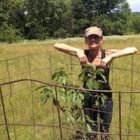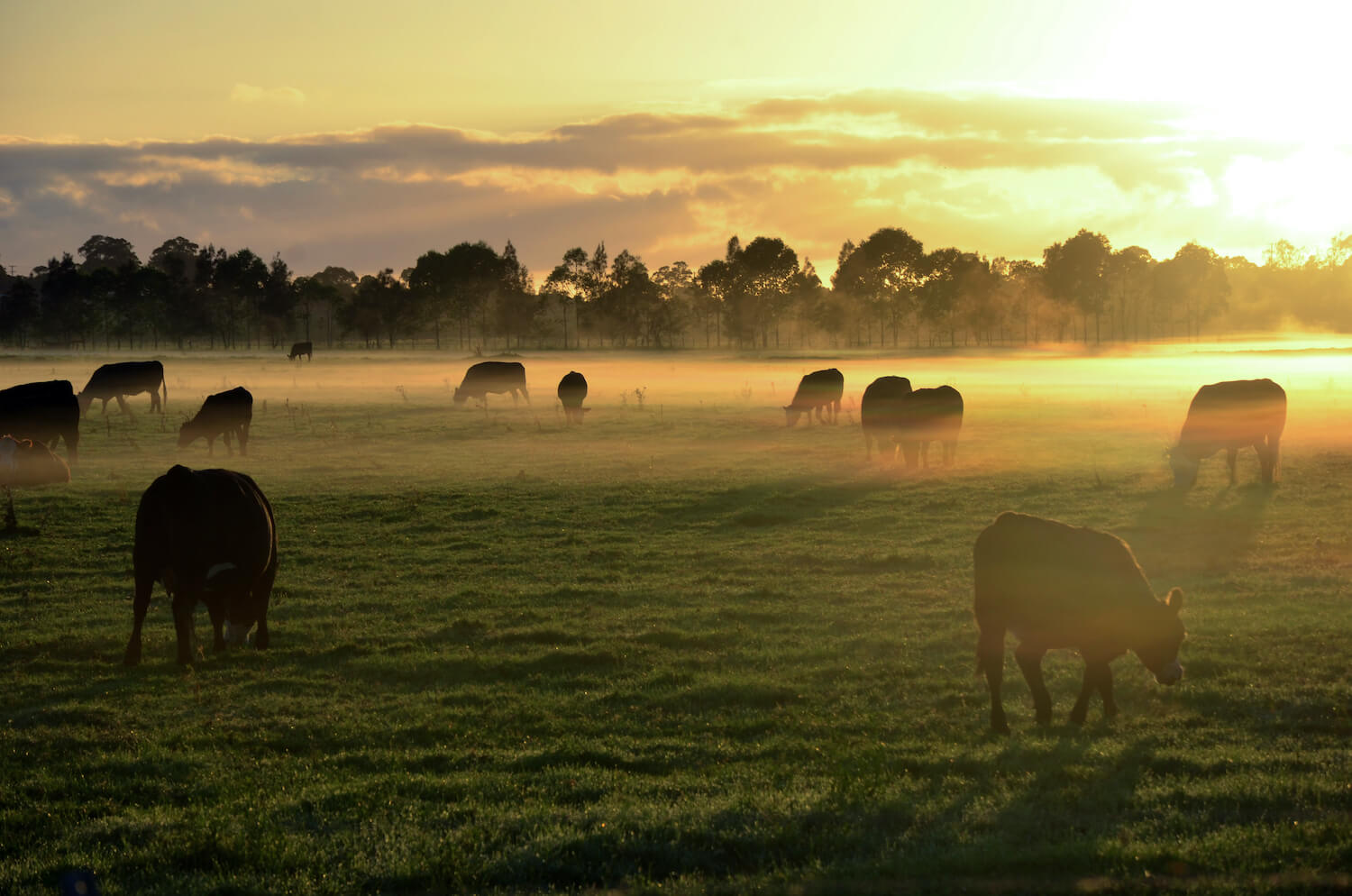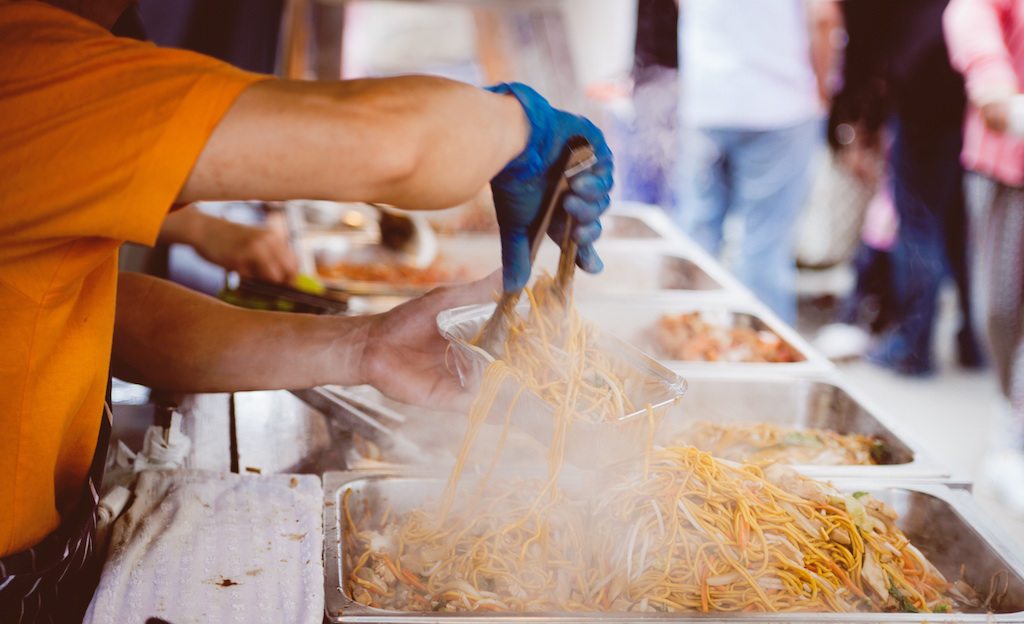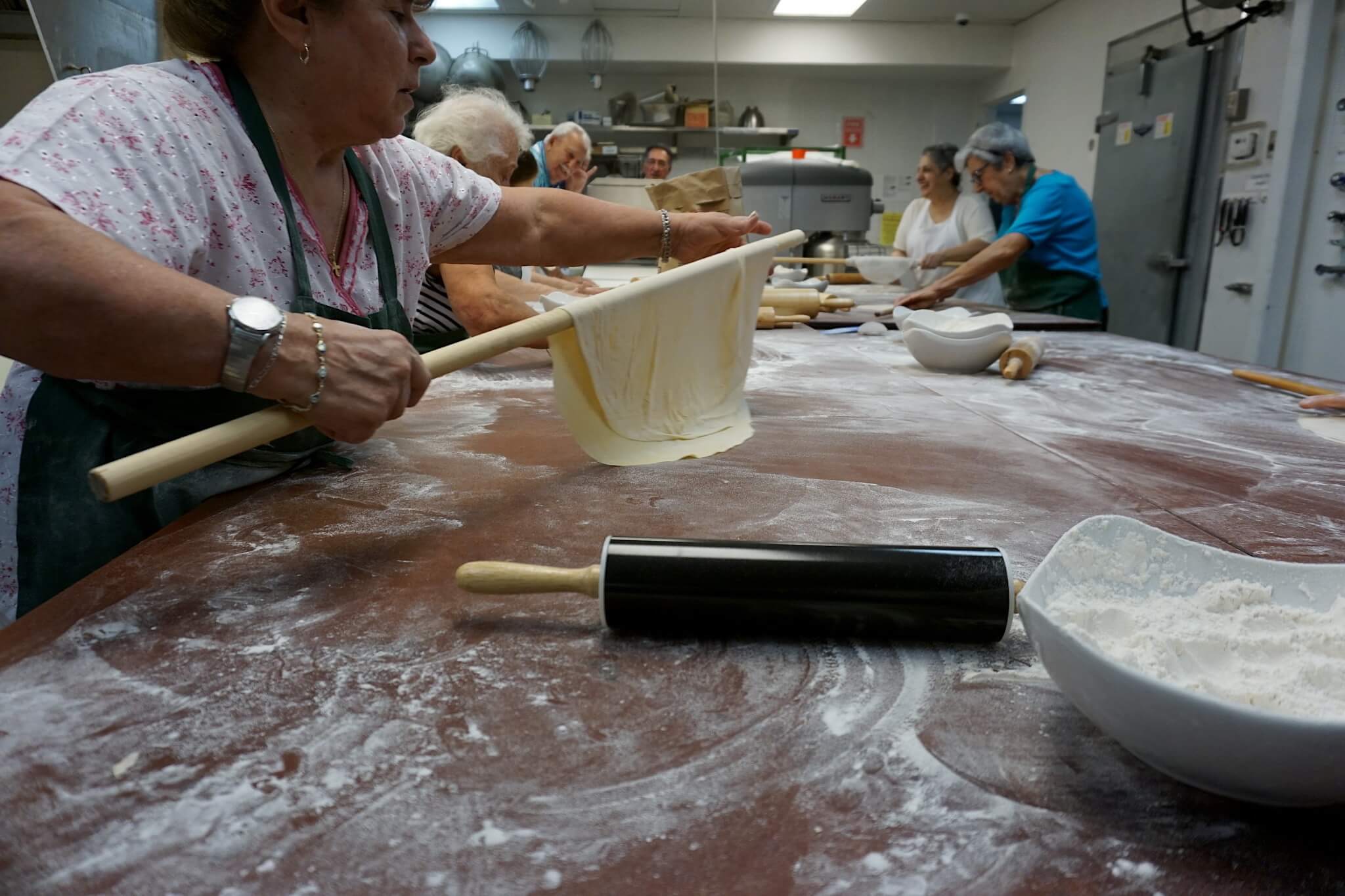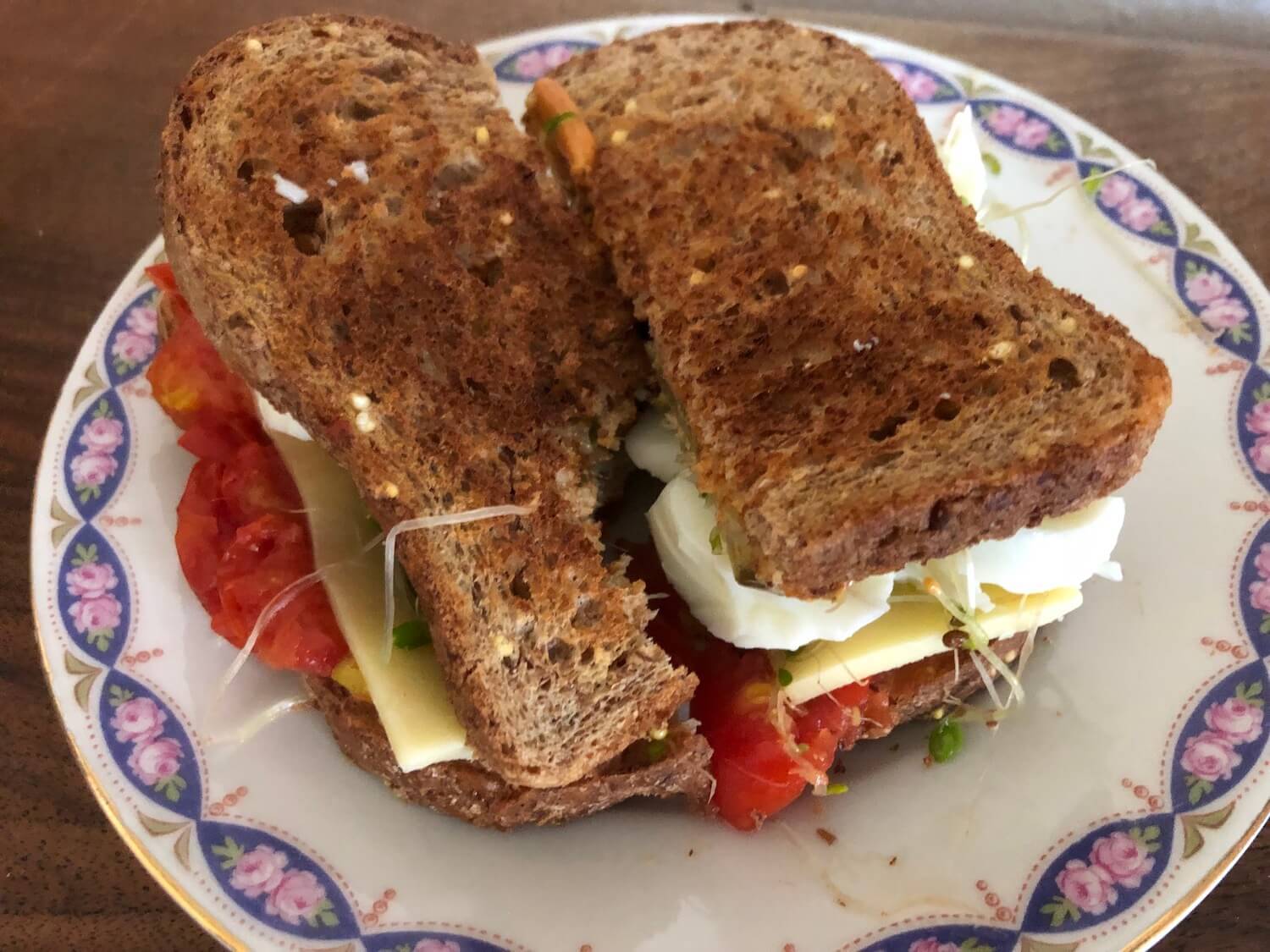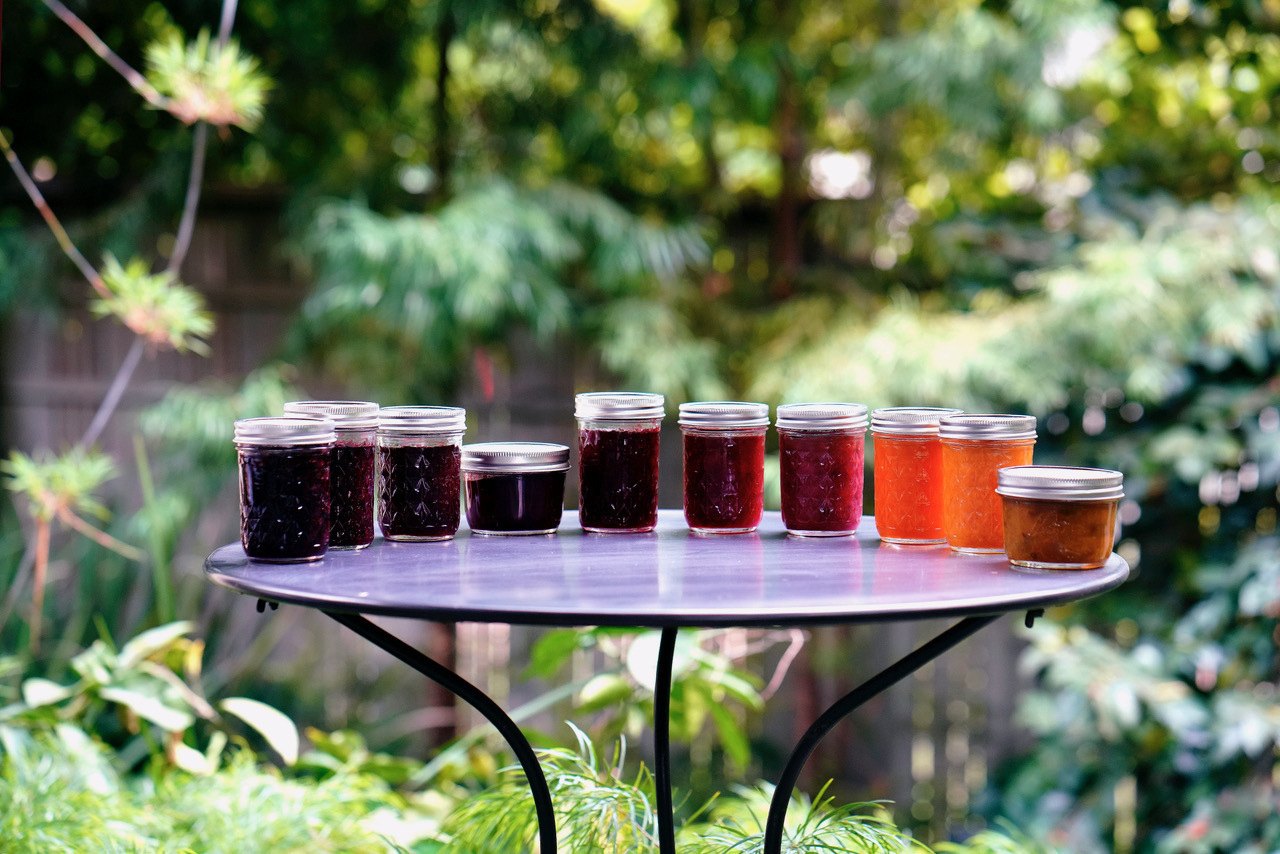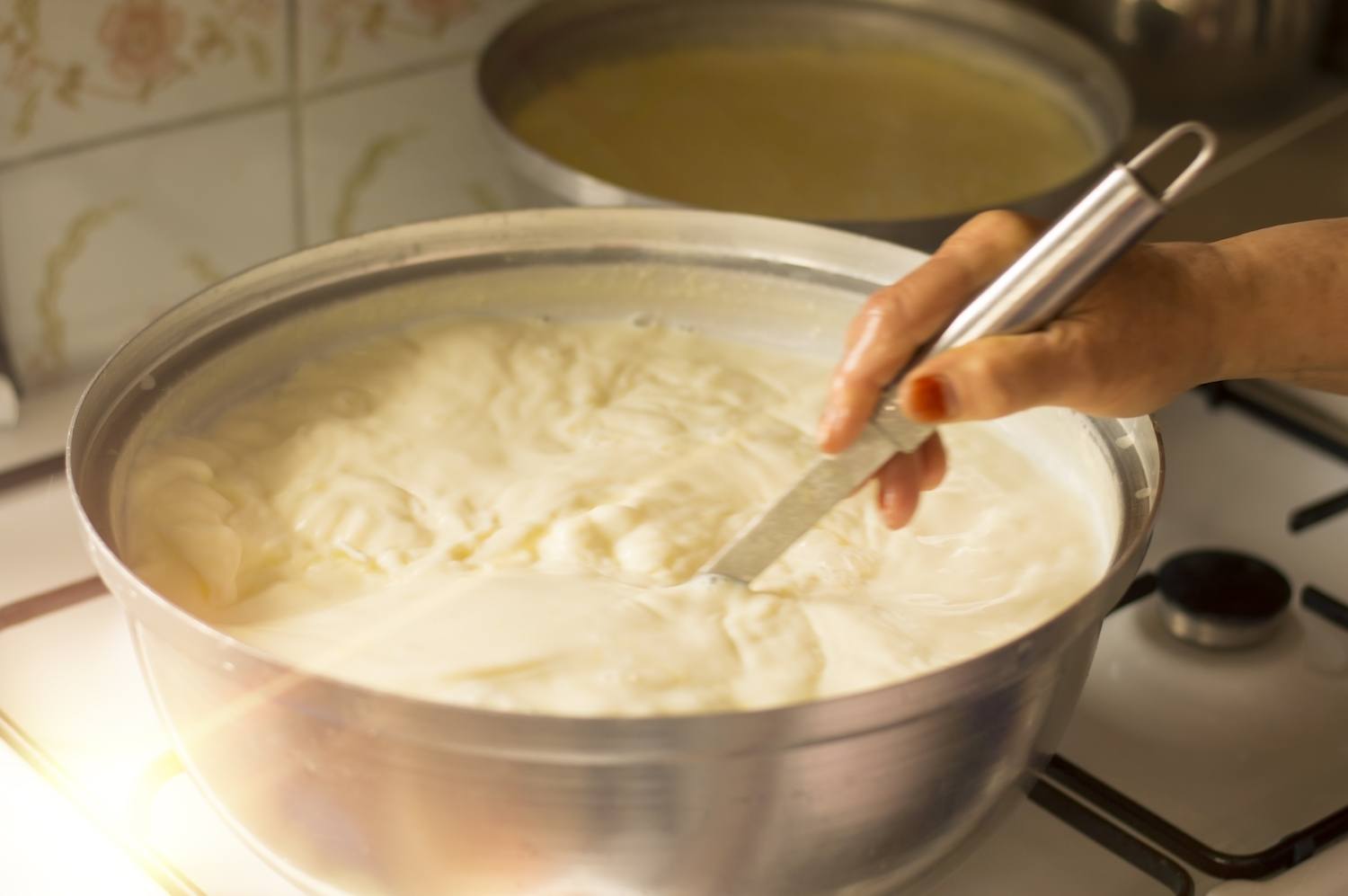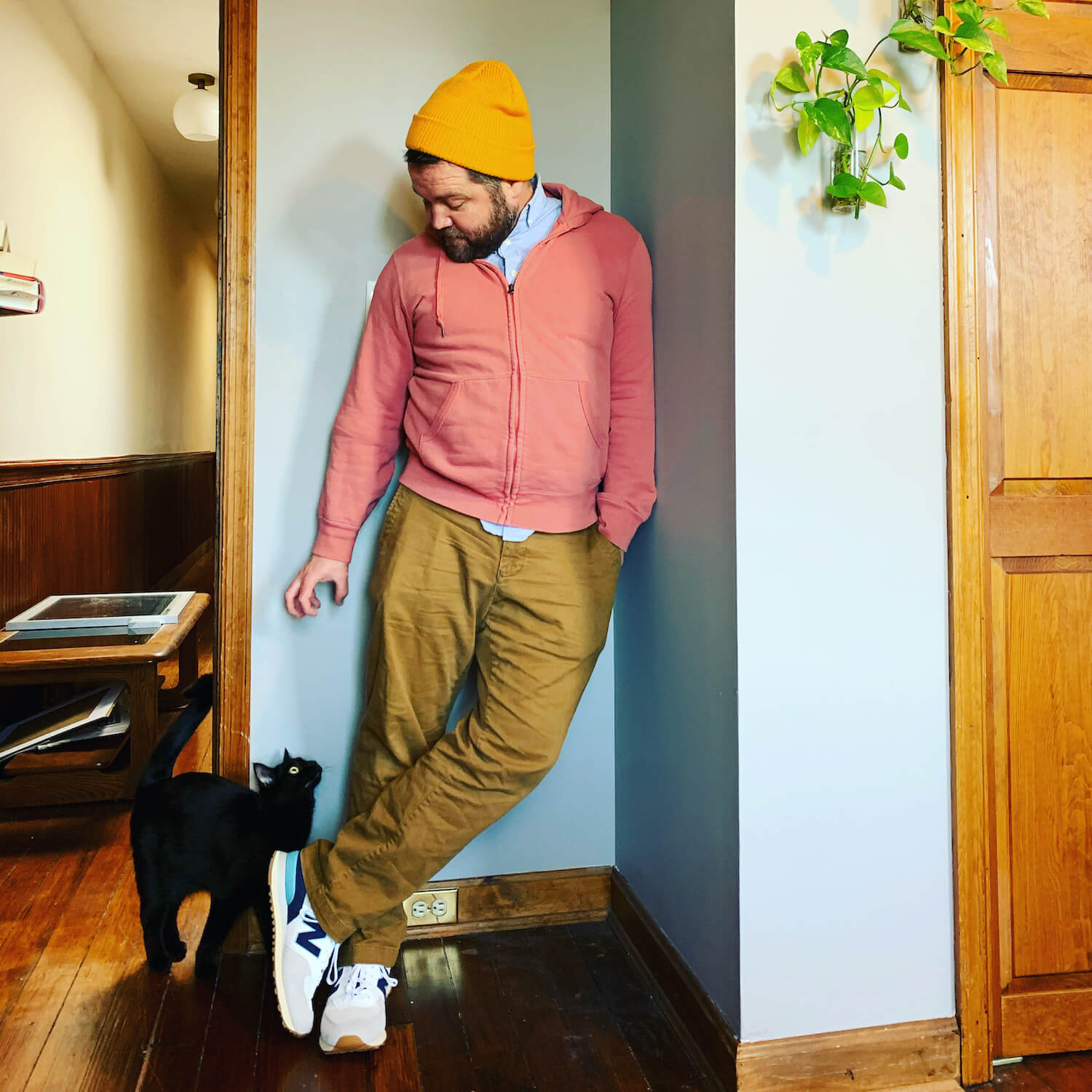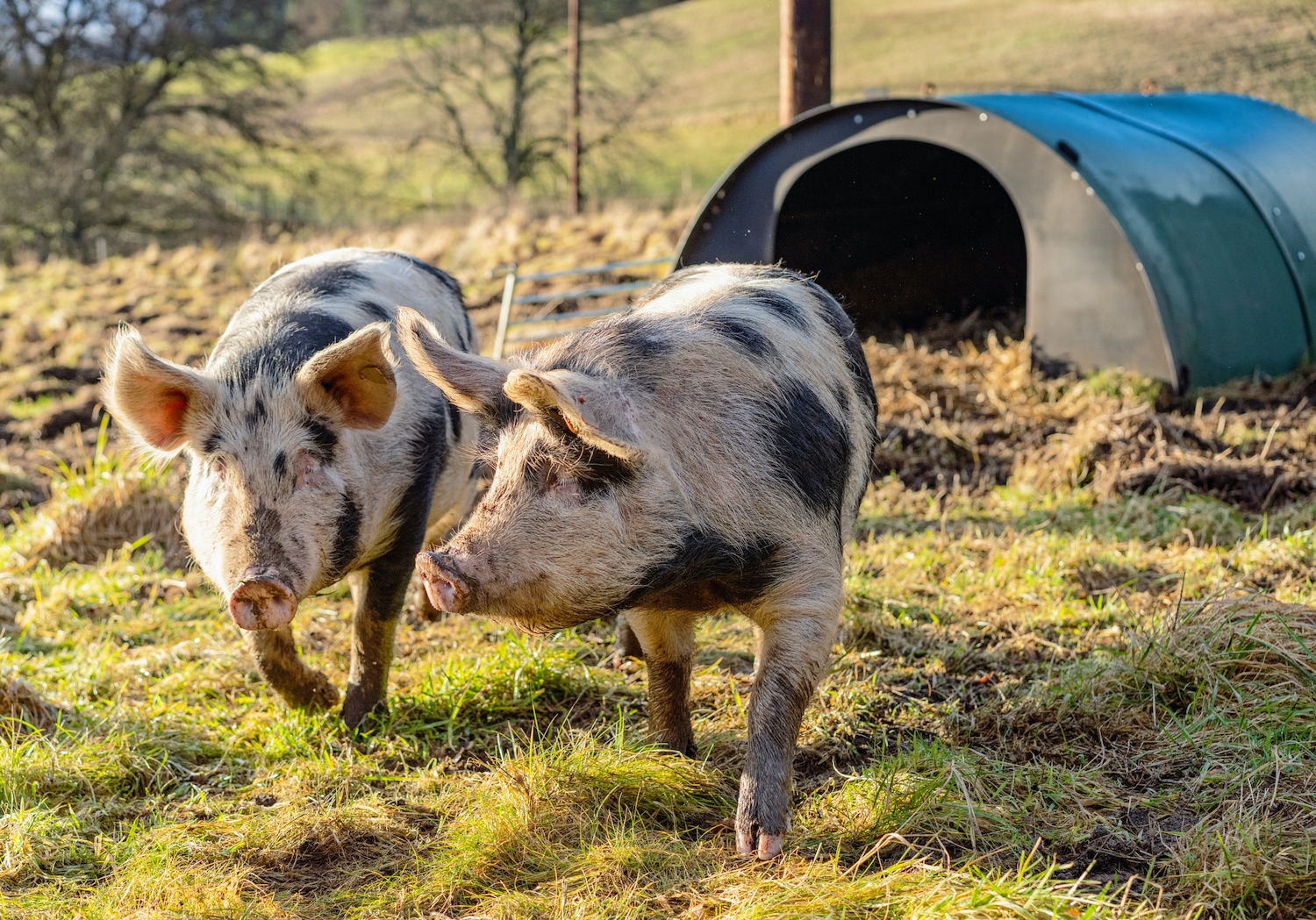
iStock / georgeclerk
“This is why people just go to the supermarket and buy whatever is there, regardless of how an animal lived or died.”
I bought a whole hog this summer from a nearby farm—our first ever. In my infinite wisdom and circular logic, I decided long ago that pigs were too high on the smartness spectrum to buy willy-nilly from just anywhere. I needed to be sure the pig we bought was treated well, with the dignity due to an animal with such curiosity and creativity, which is shown the same respect in its ending too.
So, I contacted the farm months ago, long before Covid was a household word. It’s a farm not far from ours (we raise grass-finished beef, but no hogs) with a reputation for raising animals humanely and on open pasture. They also process their animals at a processor keen on sustainability, with a slaughterhouse that uses Temple Grandin’s layout to ensure animals are as calm as possible in their last moments.
Thus began months of emails, of cut sheets and calls, of talking not only to the farm but also to the processor, of finding friends who also cared how their meat was raised and figuring out when we would all be able to handle an influx of 60-odd pounds of meat.
It was a pain in the ass. And that’s not even counting the four hours of driving we had to do to pick the meat up at the slaughterhouse.
To sum up the experience: It was a pain in the ass. And that’s not even counting the four hours of driving we had to do to pick the meat up at the slaughterhouse. We dropped off a third of the meat at a friend’s house (who of course did not live on the way), and the locker had not broken down any of the ribs or belly—meaning we needed to spend even more time cutting and wrapping the meat at home. “This is why people don’t buy whole animals,” I thought to myself a thousand times on the long drive, and with every email I sent. This is why people just go to the supermarket and buy whatever is there, regardless of how an animal lived or died.
To be fair, some of the extra emails were due to changes that occurred because of The Virus, and were not the farm’s fault. After Covid-19 hit, the pig farm—like many smaller ones—was inundated with requests to buy locally raised meat; there were many more orders to juggle than usual.
During the pandemic, consumers have instinctively turned to local sources of food. At the same time, the larger, more industrialized system’s most vulnerable points grew clear as day. Crowded meat processing plants and farmworker housing units, for example, were epicenters of large outbreaks of Covid-19, putting workers in danger and slowing down processing of all kinds. And while that has not meant smaller profits for the huge meat packers—companies like JBS, Tyson, Cargill, and National Beef—the situation has left ranchers and feedlots with dead ends in their usual food supply chain.
Instead, they too turned to the local food system. Every single smaller meat locker and processor in the state of Iowa is now full beyond capacity. Back in early May 2020, we heard rumors of long wait times to process animals and started calling around about our own soon-to-be-finished grass-fed cattle.
We are naïve to think that transformation of our food system will come out of thin air through simple evolution and substitution.
After phoning numerous facilities with no available dates, we finally found a locker who would make an appointment with us. “How does March 23rd, 2021, sound?” With no other options, we booked the date for two of our yearlings 11 months later, wondering what we will do with the 20 other cows we will also need to say goodbye to before next March.
In the July 4 issue of Foreign Policy magazine, professor Sheri Berman wrote about how system change actually happens. “Crises are fairly common; fundamental transformations are rare,” she wrote. “During periods of rapid change and uncertainty it is easier to be directed by events than to direct them—and it is easier to generate discontent against an old order than consensus for a new one.”
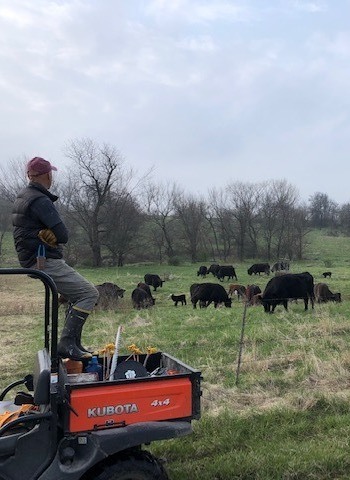
Beth Hoffman
The author runs Whippoorwill Creek Farm in Iowa.
During this pandemic, every farm and processor has focused on the survival of their own business. Yet if we all spend our time dealing with customer emails and redesigning CSA drop-off points, who is doing the hard work planning for what a new, decentralized network of food producers will look like? Without coordination and financial support we cannot address the lack of infrastructure, nor can we gain the political power necessary to make real change. We are naïve to think that transformation of our food system will come out of thin air through simple evolution and substitution.
After the chaos of this year is over and we are back to a new normal, my hope is that the world will indeed look very different. Five years from now, perhaps our farms will have more—and better—options to process and aggregate meat and berries, milk, and lettuce locally. We could gain a larger percentage of the proceeds from all our hard work (today farmers make only 14 cents on every dollar a customer spends) and work together to market and distribute products in a more streamlined way.
Once the dust has settled and we have had time to envision and demand change, I hope buying local, well-raised food will be far less of a pain in the ass.
